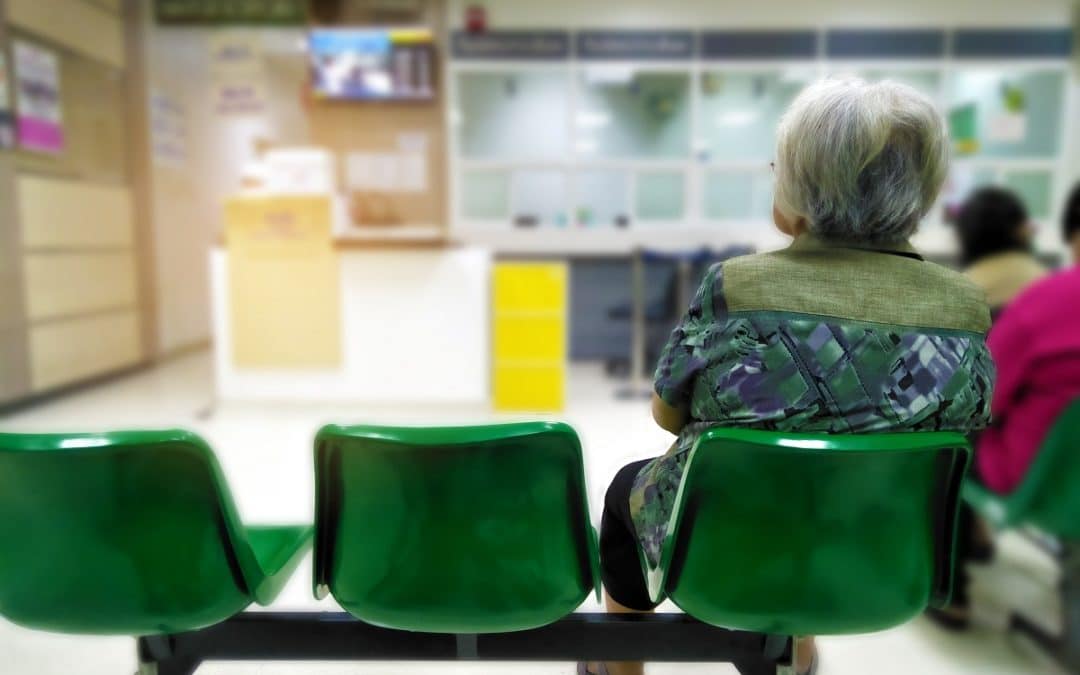Why use remote patient monitoring (RPM)? Chances are good that any clinical leader seeking more effective ways to treat and manage patients has asked that question. And today, as RPM gains in popularity among patients and providers across the United States, more and more organizations have embraced this powerful tool for treating patients — and especially patients with chronic conditions.
After all, for many providers, chronic care is job #1. The list of chronic conditions, or long-term diseases, includes some of the most common health conditions in the United States. Diabetes, cancer, asthma, hypertension, heart failure, other heart disease, kidney disease, Alzheimer’s disease, dementia, obesity, drug abuse, depression, and many others are all classified as chronic illnesses by the Centers for Medicare & Medicaid Services (CMS).
With that in mind, treating chronic conditions has become the focus of many providers and commercial payers, including the U.S. government. Here’s a closer look at why so many healthcare providers are turning to remote patient monitoring to help get this important job done.
Why use remote patient monitoring?
Reason #1: The power of continuous data.
Thanks to rapidly developing telehealth technology, today’s healthcare providers have the power to access crucial patient info 24/7 — a critical factor in treating chronic care patients. With the help of RPM devices like RPM weight scales, blood pressure monitors, pulse oximeters, spirometers and a few others, clinical care workers can keep a close watch on vitals like heart and respiration rate, as well as other important, frequently monitored readings like blood pressure, blood glucose and weight.
This kind of close watching helps prevent escalations in the patient’s condition, which can contribute to improved outcomes. It also has the potential to save organizations significant expenses with fewer return trips to the hospital (and the potential CMS penalties that can go along with them). And for providers engaged in risk-sharing contracts, RPM is now increasingly used for population health purposes, to reduce potentially preventable events (PPEs) such as ER admissions.
On top of that, partnering with a leading RPM platform provider means you’ll also get guidance on how to use all that data. Advanced data analysis and reporting tools, which can be integrated into an organization’s EHR system, can quickly manage and leverage huge amounts of data to better manage patients, populations, outcomes, even workforce concerns like scheduling and staff planning.
Why use remote patient monitoring?
Reason #2: It’s the new standard for chronic care.
The impact of chronic disease is huge. According to the U.S. Centers for Disease Control and Prevention (CDC), 90% of the $3.8 trillion spent each year on healthcare in the U.S. goes toward people with chronic and mental health conditions. Correspondingly, the CDC’s website calls for reducing these costs by better preventing chronic diseases, or better managing symptoms “when prevention is not possible.”
To that end, CMS has introduced a number of ways to enable providers to provide more effective, patient-focused care for chronic illness. First introduced in 2015, reimbursement codes for chronic care management (CCM) have offered a specific model of care for patients with two or more chronic conditions. And the scope of those reimbursement codes was expanded even further in 2022.
In 2020, CMS introduced reimbursement codes for principal care management (PCM). This new model was designed to treat patients with just one single, high-risk disease, for a period of three to 12 months. The goal of PCM isn’t just to better manage people with a single chronic condition, but also to help them avoid acquiring another — a real risk, as many chronic conditions have a “high comorbidity burden.”
Perhaps the most noteworthy feature of these new CCM and PCM models of care is that they’re both compatible with telehealth services like remote patient monitoring. Each can make use of RPM devices to monitor patient vital signs (especially under the CCM model). And the billable time allowed by the CCM and PCM codes includes communication that can occur over the Internet or phone.
Why use remote patient monitoring?
Reason #3: It’s designed to enable at-home care.
Even before COVID-19, the transition of chronic care to telehealth was well underway. In 2018, CMS introduced its first reimbursement code for remote patient monitoring. In 2020, with the pandemic requiring as much at-home care as possible, four more were introduced. Those codes are still in place, though reimbursement amounts change each year. You can get an updated list of RPM codes here.
COVID-19 may eventually subside, but at-home care isn’t going anywhere. Patients have embraced it, and understandably so. While chronic illness can affect anyone, seniors are most often afflicted. And letting them receive treatment in the comfort of home, surrounded by loved ones, means providing an environment that could be more favorable towards successful care, at a time when that matters most.
And offering that kind of comfort to patients at such a critical time isn’t just humane, but consistent with the goal of enhancing the patient experience (XP) that’s currently top of mind for so many leaders. After all, comfort can help drive engagement and adherence to a medication regimen. It can also contribute to satisfaction and overall patient health outcomes — the ultimate goal of any model of patient care.
Ready to use remote patient monitoring?
Looking for more details on how CareSimple can help you manage chronic care patients with the help of remote patient monitoring? Contact us here to get started.
And for a closer look at the reimbursement codes for remote patient monitoring, chronic care management, principal care management and more, check out our handy Reimbursement Tree.
